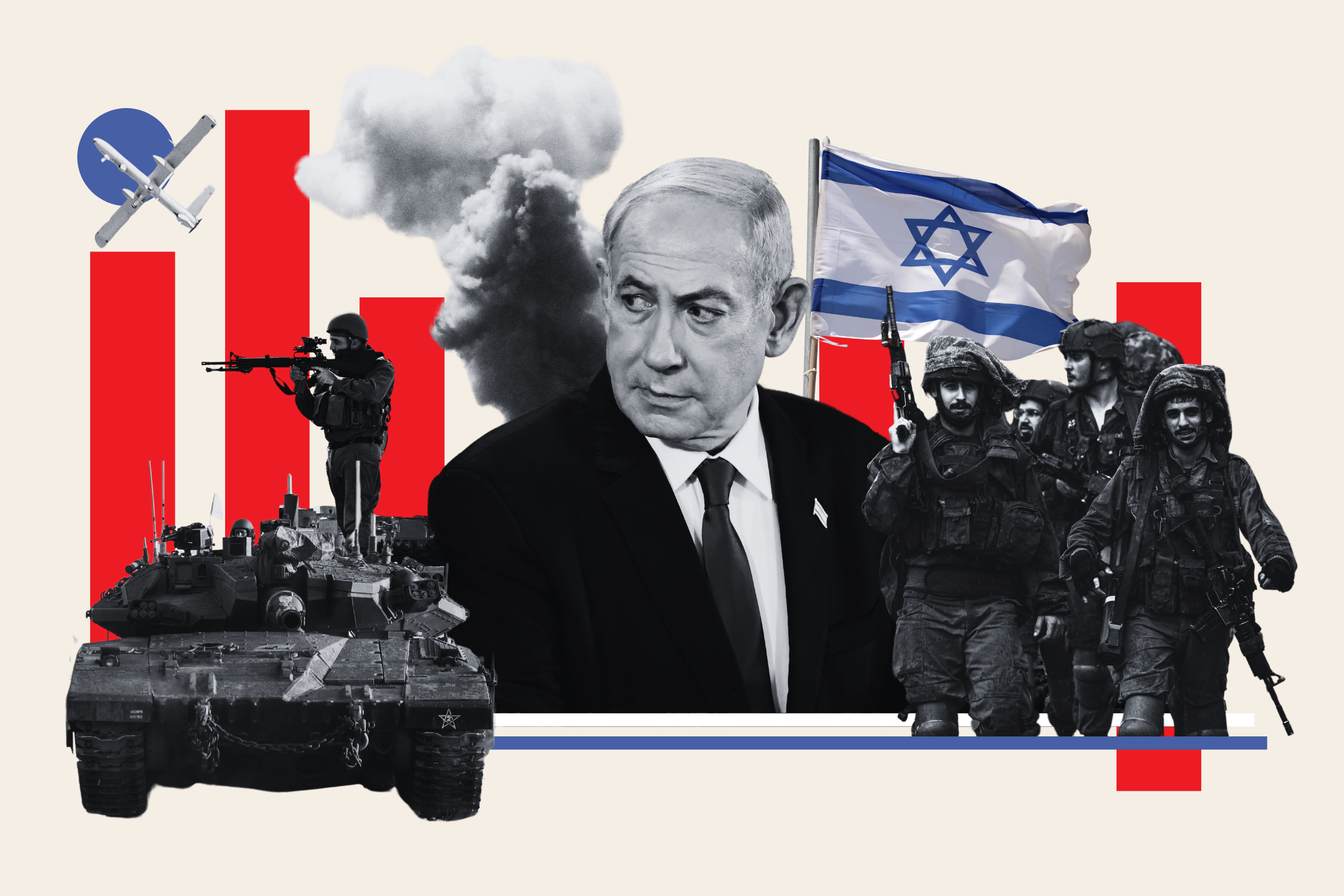International mediators have reopened discussions between Hamas and Israel over a potential ceasefire in Gaza, a Hamas official announced Thursday. The official expressed optimism that an agreement to bring an end to the 14-month conflict could soon be achieved.
Ceasefire negotiations were halted last month when Qatar stepped back from talks involving mediators from Egypt and the United States, citing frustrations over stalled progress between Israel and Hamas. However, in recent days, there has been a "reactivation" of diplomatic efforts aimed at halting the fighting, securing the release of hostages held in Gaza, and freeing Palestinian prisoners in Israeli custody. This update came from Bassem Naim, a member of Hamas' political bureau, who spoke to The Associated Press while in Turkey.
Another official familiar with the negotiations confirmed that Qatari mediators have reengaged in the talks. The official, speaking on condition of anonymity due to a lack of authorization to brief the media, confirmed the resumption of dialogue.

What Has Changed to Make a Ceasefire Between Israel and Hamas Possible?
Significant developments in the global and regional political landscape have occurred since the talks initially collapsed. These include Donald Trump's victory in the U.S. presidential election and the declaration of a ceasefire last week between Israel and Hezbollah, a Hamas ally, in Lebanon.
Trump, known for his strong support of Israel, has drawn attention to the conflict, with Naim expressing cautious optimism about the incoming administration's potential role. Naim noted that Trump's campaign promises to end wars in the region could "affect the situation positively."
This week, Trump issued a stern demand for the release of all hostages held in Gaza before his inauguration on Jan. 20, warning that failure to comply would result in "hell to pay."

What Are the Conditions for the New Israel-Hamas Ceasefire Proposals?
Earlier negotiation rounds centered on proposals for a phased ceasefire, with an initial six-week pause in hostilities serving as the cornerstone. During this preliminary phase, female, elderly, and sick hostages held in Gaza would be released in exchange for Palestinian prisoners detained by Israel.
Under the proposed plan, Israel would scale back its military presence during the initial ceasefire period, allowing displaced Palestinians to return to their homes. Simultaneously, both sides would initiate discussions on the next phase, which would include a full withdrawal of Israeli forces, the release of all remaining hostages, and negotiations on a permanent resolution to the conflict. A third and final phase would center on rebuilding efforts and long-term reconstruction in the region.
Naim said that no "solid, well-formed" new ceasefire proposal has yet been presented to Hamas. And even though ceasefire talks have broken down on multiple occasions throughout the war, he added: "I think it is not a big challenge to reach a deal ... if there are intentions on the other side."

How Is Trump Involved in the Ceasefire Between Israel and Hamas in Gaza?
Steve Witkoff, the Middle East envoy for President-elect Donald Trump, has met separately in recent weeks with Israeli Prime Minister Benjamin Netanyahu and Qatari Prime Minister Sheikh Mohammed bin Abdulrahman Al Thani to discuss Gaza ceasefire talks. The meetings were confirmed by a U.S. official, who spoke on condition of anonymity due to not being authorized to comment publicly.
In an interview with British broadcaster Sky News on Wednesday, Al Thani stated that his country is working toward securing a ceasefire in Gaza before Trump assumes office.
Naim reiterated the group's primary demands, which include a permanent ceasefire, a complete withdrawal of Israeli forces from the Gaza Strip, and the right for internally displaced Palestinians to return to their homes. However, Naim also indicated that Hamas is "ready to show flexibility" regarding the implementation of these demands, particularly with respect to the timeline for the withdrawal of Israeli forces from key areas of Gaza.

How Did the Current Conflict Between Israel and Hamas Start?
On Oct. 7, 2023, Hamas-led militants launched an assault on southern Israel, resulting in the deaths of approximately 1,200 people, the majority of whom were civilians, and the capture of around 250 hostages, 100 of which are still missing with many believed to be dead. In response to the Hamas attack, Israel initiated a massive retaliatory campaign, which has killed at least 44,500 Palestinians in over a year of fighting, according to Gaza's Health Ministry. More than half the reported casualties are women and children. The Health Ministry's figures do not differentiate between civilians and combatants.
This article includes reporting from The Associated Press




.png)





.png)









 English (US) ·
English (US) ·